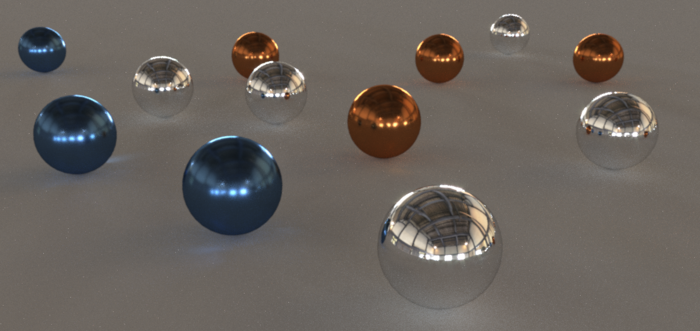

If there is any precalculation this should be added to the rendering time.īut since the following results were not all made by me I am not sure of their correctness.

The second result with an advanced set-up, tweaking the rendering engine to get the best. I asked the people who did the testing for two results:įirst result with a very fast basic set-up, without tweaking the rendering engine However it is a scene that easily represents the complexity of a modern store or bar or lounge, with shiny materials, lots of glass, reflections, and so on. It is a very easy scene to set up, without textures, (textures don't reveal much about the speed of a rendering engine), so that everyone can repeat the test effortlessly on other rendering engines. It's not a very pretty scene, but it reveals a lot of interesting information. To that end, I've prepared a scene that is not the typical HDRI + toy car. If you have any further questions about using our maps please feel free to get in touch with us.Hi, this post is intended to do some justice to Luxcore's bidirectional rendering engine. It's possible that offline render engines such as Cycles and Vray will eventually start to make use of these maps but currently, they can be ignored when setting up your materials. It's currently only utilized in real-time engines such as Marmoset and Unreal Engine 4. This is a relatively new map that is used to map fabrics and other materials with microfibers look more realistic. It really is a matter of personal preference. Sometimes shadows and highlights can be too heavy, or even unnecessary if you're using a displacement texture on your mesh.Ī good rule of thumb is: try the Albedo map first (use it wherever you would normally put the Diffuse), if it looks good, great! But if it's lacking definition, switch to the Diffuse. Well, an albedo map can actually be more realistic depending on what you need. It is very similar, but with one extra benefit: all the shadows and highlights have been removed. Some of our textures include an albedo texture in addition to the color texture. Use the map on a blend mode of Multiply with the Diffuse/Albedo. So if you want your detail to have more pronounced detail and shadows, you may wish to use the AO map together with your Diffuse or Albedo texture. Sometimes you actually want the opposite of the Albedo map: more shadows! We've covered the main types of map, let's take a look at some of the additional ones that will be found on some of our materials. Metals reflect light very differently to everything else so this map can make a huge difference to the final look. It tells the renderer what part of a surface should be treated as Metal and what parts should be treated as non-metal. You'll find an extra map include called Metalness. When downloading one of our Metalness workflow materials, which we provide for all our metal materials.


 0 kommentar(er)
0 kommentar(er)
